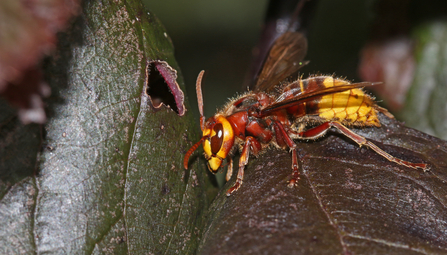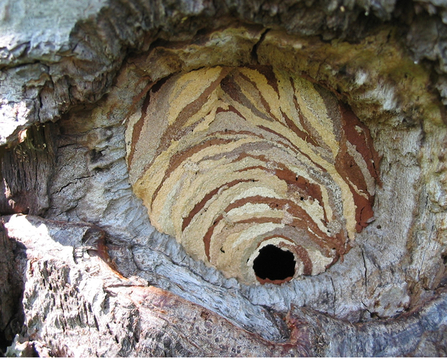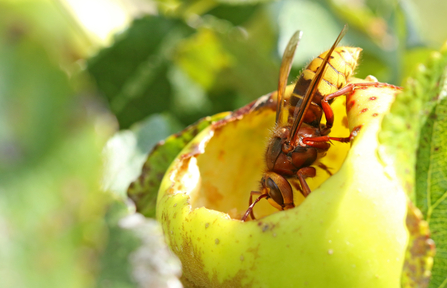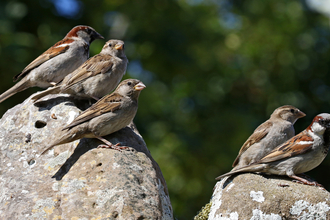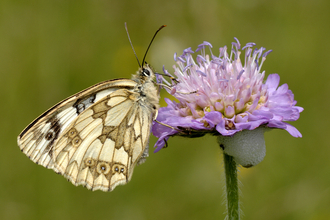I don't know why but I really like hornets. When one buzzes past like a small Vespa scooter, it stops me in my tracks while I take a moment to watch it journey on.
Sadly, these gentle giants of the insect world get a rough ride. As if their sheer size and deep buzzing isn't enough to terrify most, they now have to deal with being mistaken for invasive Asian hornets. These beautiful chestnut-coloured giant wasps, though, should be cherished rather than despised.


